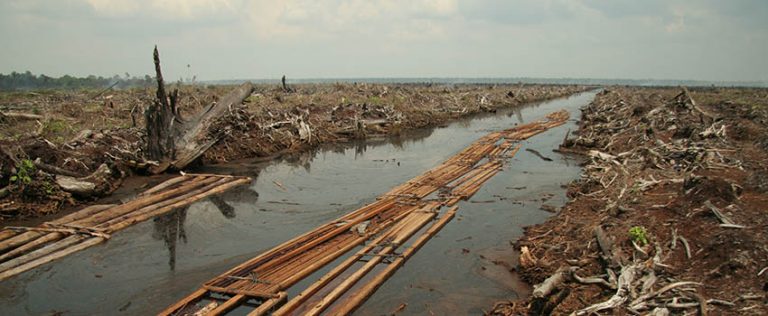Published on September 19, 2016

Manhattan skyscrapers, rather than rustic rural towns, are quickly becoming the picture of sustainable living in the twenty-first century. San Francisco, Copenhagen and Singapore each top their regions in the Green City Index. As sites of innovation and economic dynamism, these places exemplify a blend of density and livability that large, prosperous cities in the ‘global south’, such as Mumbai in India and São Paulo in Brazil, increasingly emulate.
A few decades ago, cities were seen as sustainability problems rather than solutions. Then, as concerns about suburban sprawl, shanty towns and climate change grew, so too did awareness that clustering people in energy-efficient buildings and walkable, shady neighbourhoods makes cities more pleasant to live in and better for the global environment.
But the prevailing model of urban sustainability is too narrow. Although the social, economic and ecological issues behind sustainability problems are regional or global in scale, urban policy usually addresses single ecological issues in individual neighbourhoods. Focusing on dense cities and their affluent areas ignores social movements and their advocacy for quality-of-life issues such as housing and commuting, which have direct ecological consequences. Targeting specific districts ignores the often negative regional and global impacts of local environmental, or ‘greening’, improvements.
Spatially, sustainability research and policymaking should shift focus from city centres to urban regions and global networks of production, consumption and distribution. Socially, policymakers should incorporate equity into every stage of the urban-policy process, from research to formulation to implementation.
Continue reading at Nature.
(Originally published by nature.com and David Wachsmut, Daniel Aldana Cohen & Hilary Angelo)